
Culture China
14:24, 17-Apr-2019
Telling stories through the art of paper folding
Updated
18:17, 17-Apr-2019
CGTN
03:50
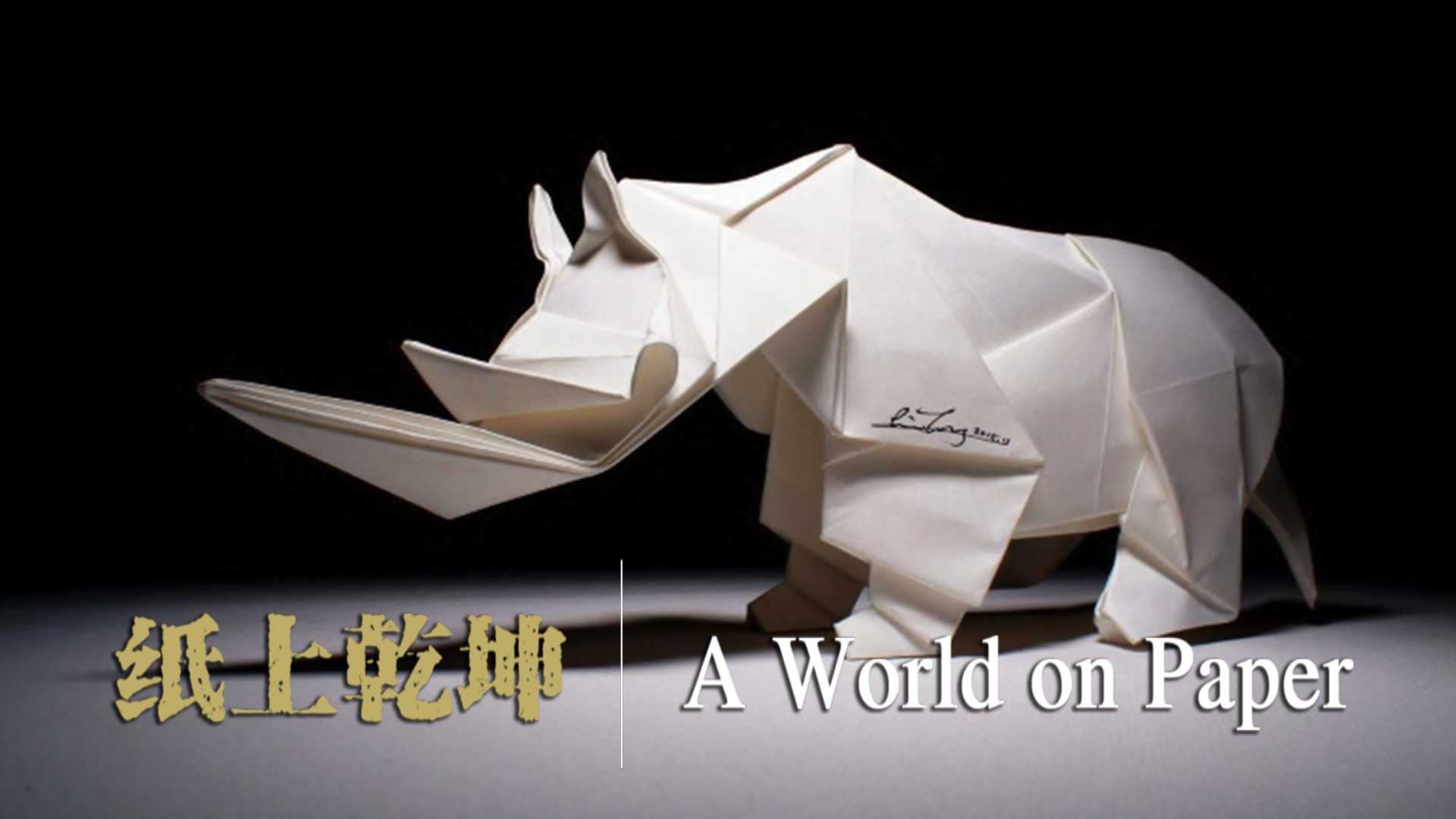
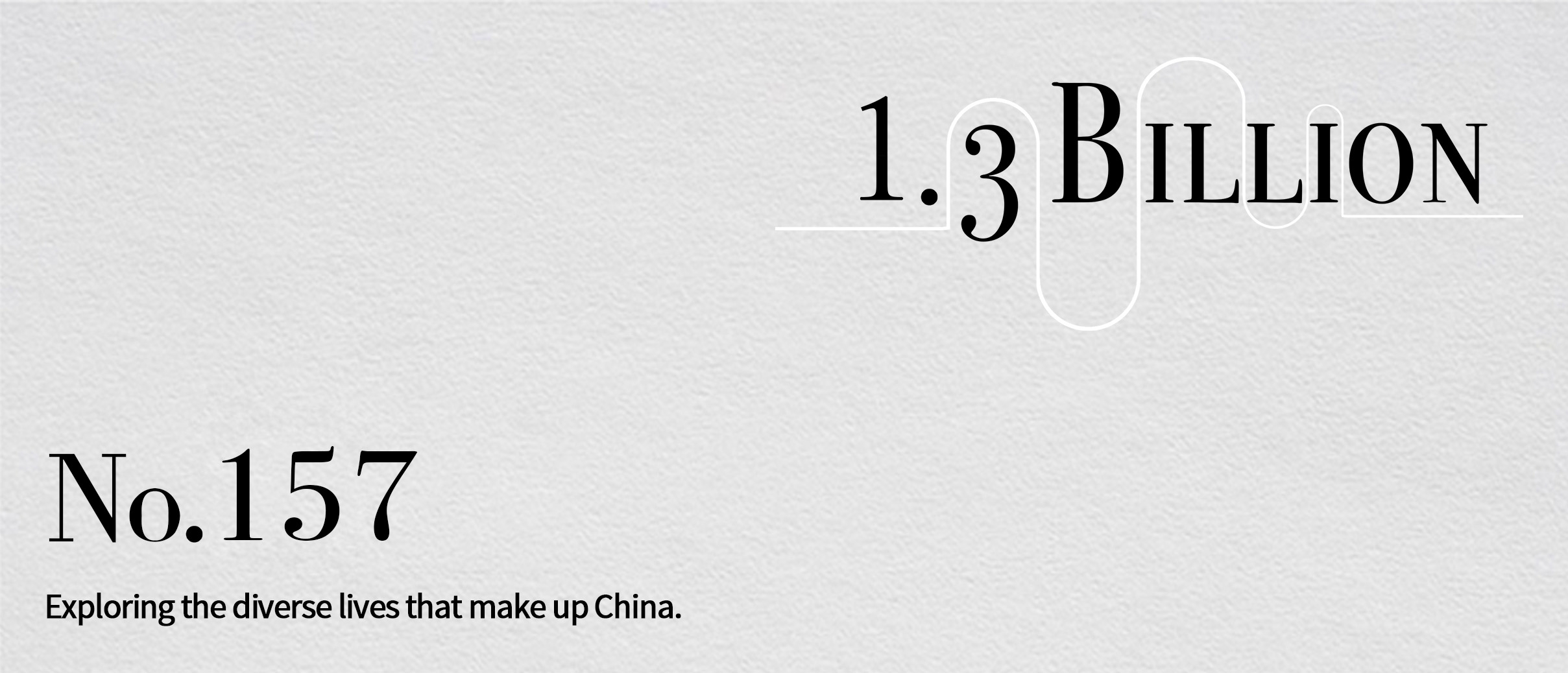
CGTN
CGTN
Ripping a page from your notebook, folding it into a plane, tossing it out of the window – this is the paper folding most people are familiar with.
That being said, some special paper folding artworks have taken over the shelves in luxury boutiques, broken Guinness World Records, been collected by museums across the globe and even regarded as national gifts. The artist behind many of these works is Liu Tong, a paper folding master.
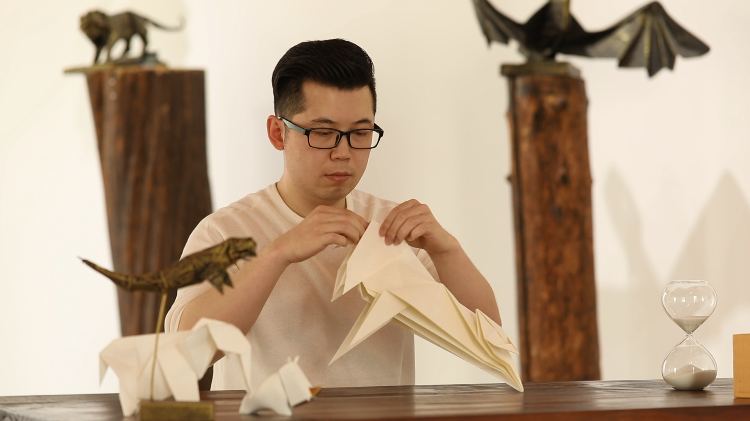
Liu Tong. /CGTN Photo
Liu Tong. /CGTN Photo
Liu got interested in paper folding while studying in Germany in 2006. One day on a bus, he saw a man giving a girl a rose made of a crumpled piece of paper. She looked thrilled, and the two strangers got off together happily. "I thought, 'What a magic trick!'... It could be so lifelike, and far more than the simple paper plane. Then I got back to the dorm and started searching tutorials online."
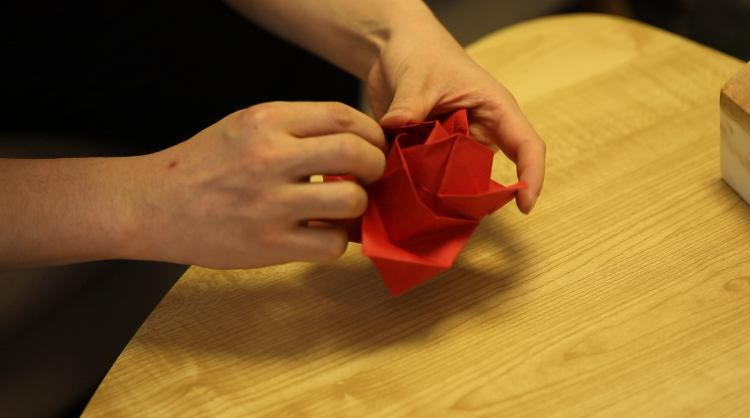
CGTN Photo
CGTN Photo
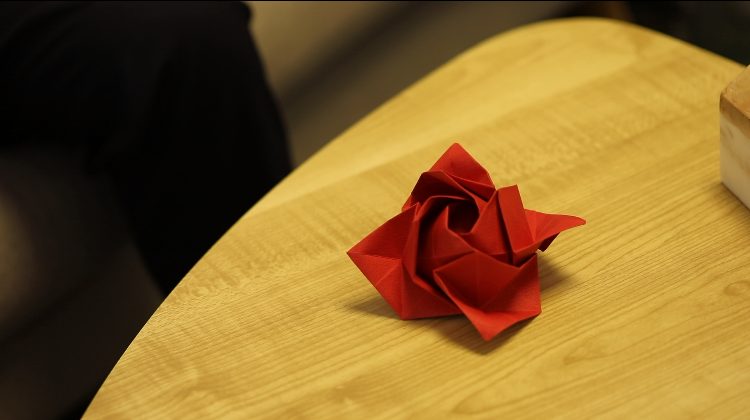
CGTN Photo
CGTN Photo
Liu explains his own understanding of the craft's history: The Japanese brought origami to its global fame. Nonetheless, the earliest paper folding relic, dating back to the Western Han Dynasty (206 B.C.-AD 24), was unearthed in China. It actually originated from our country."
Back in 2012, Liu folded golden chocolate wrappers into a set of angels, which soon went viral on Chinese social media. It was one of the most searched hashtags on Weibo, and allegedly promoted the sales of the chocolate brand. From then on, Liu became famous for his amazing paper folding craft.
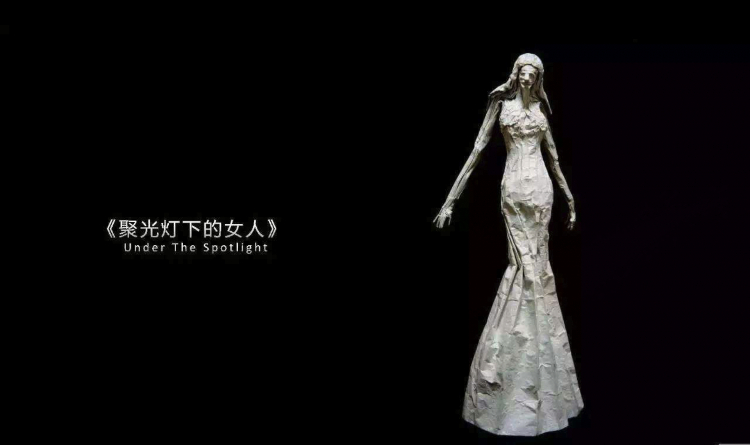
Photo courtesy of Liu Tong
Photo courtesy of Liu Tong
Though he has internationally prestigious masterpieces, Liu is still concerned that paper folding will remain insular, never gaining mass appeal. It is such a pity. "Folding techniques can be very practical. For example, airbags have to be folded scientifically in order to be installed properly."
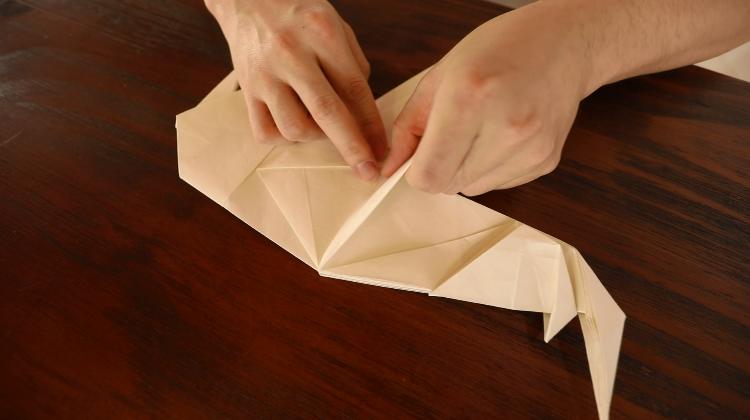
CGTN Photo
CGTN Photo
His work "Blue and White Vase" was sent to Gabon as a gift in celebration of the 40th anniversary of China-Gabon ties in 2014. In the beginning, he spotted an error of 2mm with the blueprint. He made over 100 vases trying to rectify it, yet the problem was still there. Then he had to revise the whole design, only to find the error in the trigonometric function.
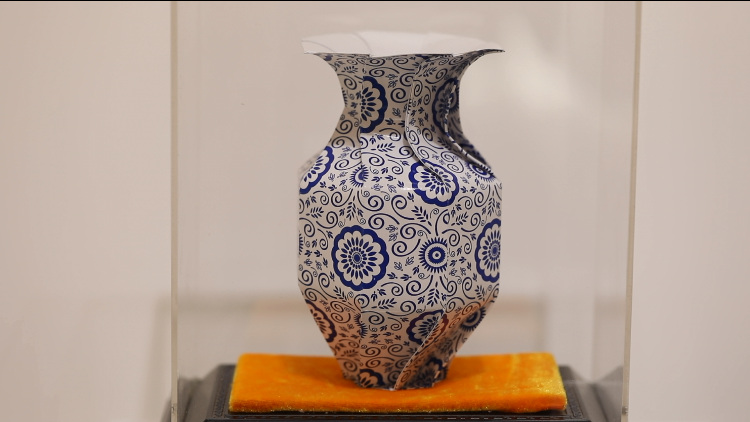
"Blue and White Vase". /Photo courtesy of Liu Tong
"Blue and White Vase". /Photo courtesy of Liu Tong
"Great paper folding work requires not only aesthetics, but also solid mathematics. It is all about transforming a square sheet of paper three-dimensionally without any cutting or pasting processes. This is more like a rational art of math and space distribution."
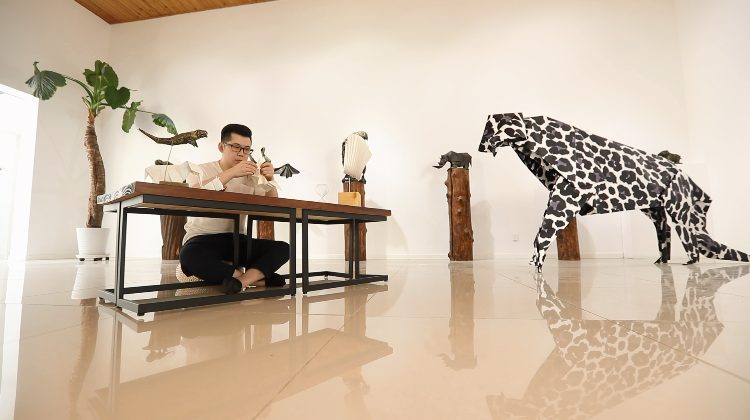
CGTN Photo
CGTN Photo
The most difficult part is mapping out the folding steps. "The dimension transformation occurs twice," Liu explains. "First you project a 3D object onto a 2D paper, then you fold the paper into a 3D imitation of the object. The challenge lies in the former process. Because in every step, there would be crease marks, upon which you do the next step. When the figure is designed, so is the order for folding."
Liu once made a paper crane with a tiny piece of paper of 16 square millimeters. Now, he is more fixed on meaningful projects. "Take the Northern White Rhino, it is to make people aware of the fact that an amazing species has left us forever due to illegal hunting."
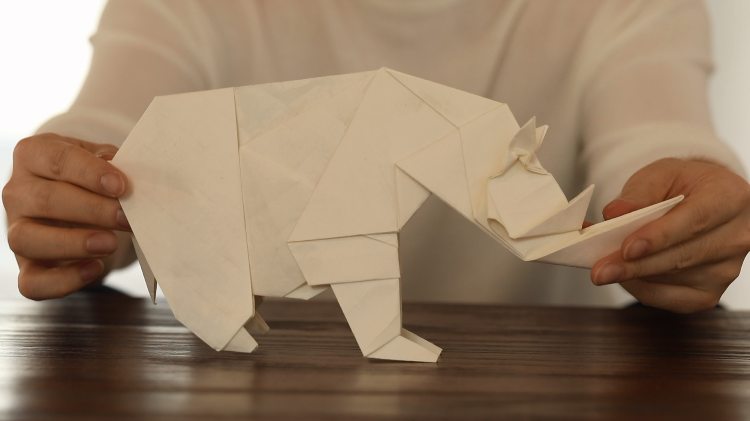
CGTN Photo
CGTN Photo
In 2016, Liu learned that the world's last northern white rhino was then being guarded by armed police 24/7, and that the species could go extinct any second. He wanted to do something as an artist. After observing some rhinos in the zoo, he managed to design a 1:1 paper white rhino.
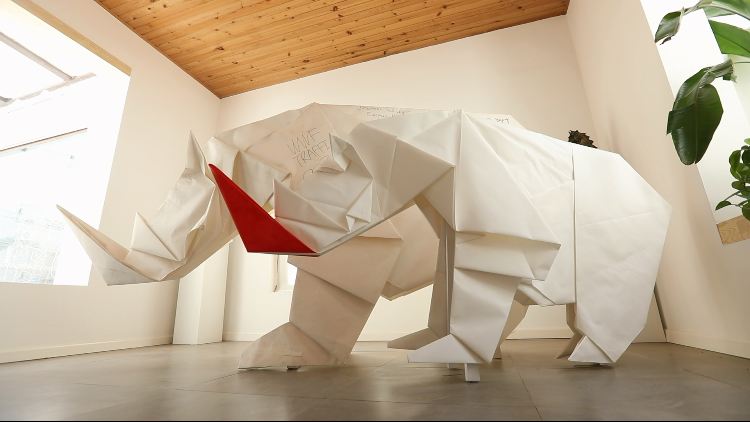
World's largest origami rhino. /Photo courtesy of Liu Tong
World's largest origami rhino. /Photo courtesy of Liu Tong
It would require a 64 square meter sheet of paper. Capable factories were very few, as traditional spools and pulp tanks couldn't meet the need. Besides, the transportation was an issue. Yet where there is a will, there is a way – he finally nailed a deal with a foreign paper factory and got a proper vehicle for transportation.
To do well with such a big piece, Liu and his team had to practice with smaller-sized paper, assigning fixed points for people to stand at and to press folds. The whole paper was the size of an apartment. Seeing no obvious diagonal line, one has to walk nearly 20 meters in a single folding step. Squatting down and standing up repetitively made it an exhausting process.
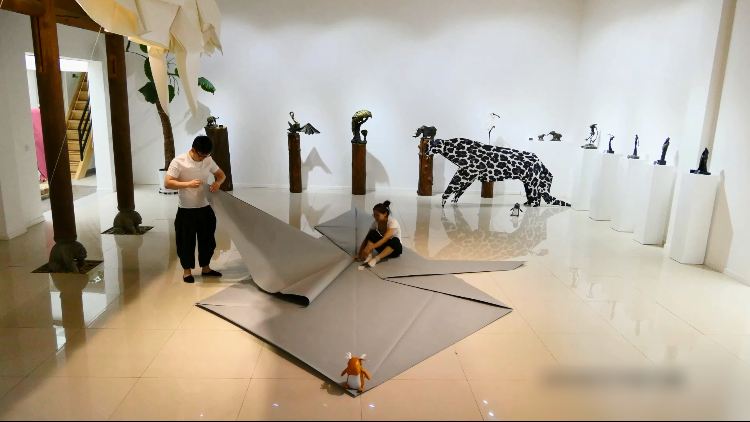
CGTN Photo
CGTN Photo
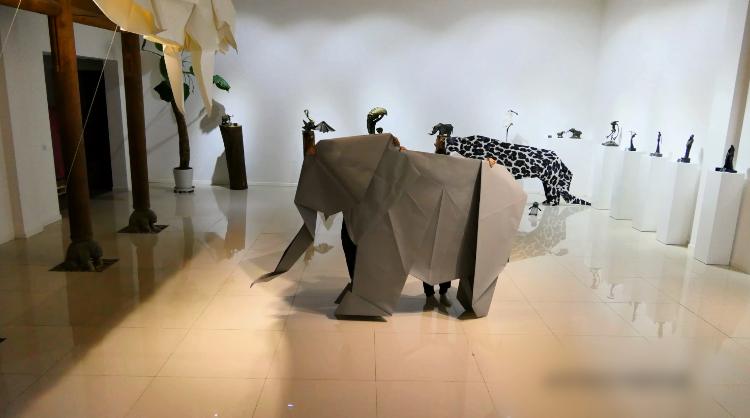
CGTN Photo
CGTN Photo
Through months of hard work, a 3.75-meter-long and 1.6-meter-high paper rhino was born. To raise public awareness of wildlife protection, Liu was invited to hold exhibition tours at the embassies of EU countries. The Origami USA also included the rhino work in its yearbook 2016 Origami Collection.
Many of Liu's works are treasured by museums and organizations across the world. The Archangel Gabriel is in Hungarian embassy, and The Armor of Eight Banners in Qing Dynasty is in Beijing Capital Museum. As China's only designer for paper folding national gift, he was a contributing designer for Chinese delegation in the 2015 Milan Expo.
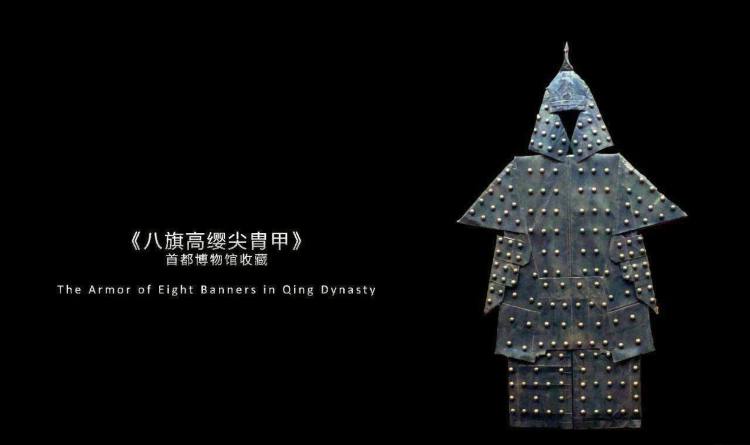
Photo courtesy of Liu Tong
Photo courtesy of Liu Tong
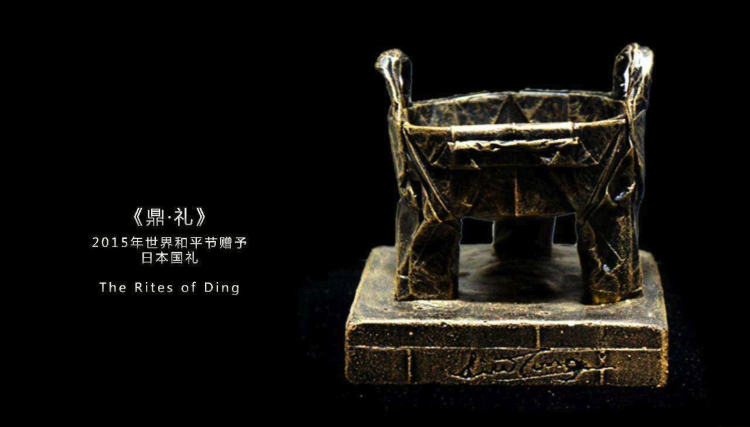
Photo courtesy of Liu Tong
Photo courtesy of Liu Tong

Photo courtesy of Liu Tong
Photo courtesy of Liu Tong
"Paper folding is one of the many ways I communicate with this world," says Liu. "It expresses my ideas in a visual way. My works are less complicated as before, because I'm digging the stories behind, trying to fit this craft into our daily life as the inspiration."
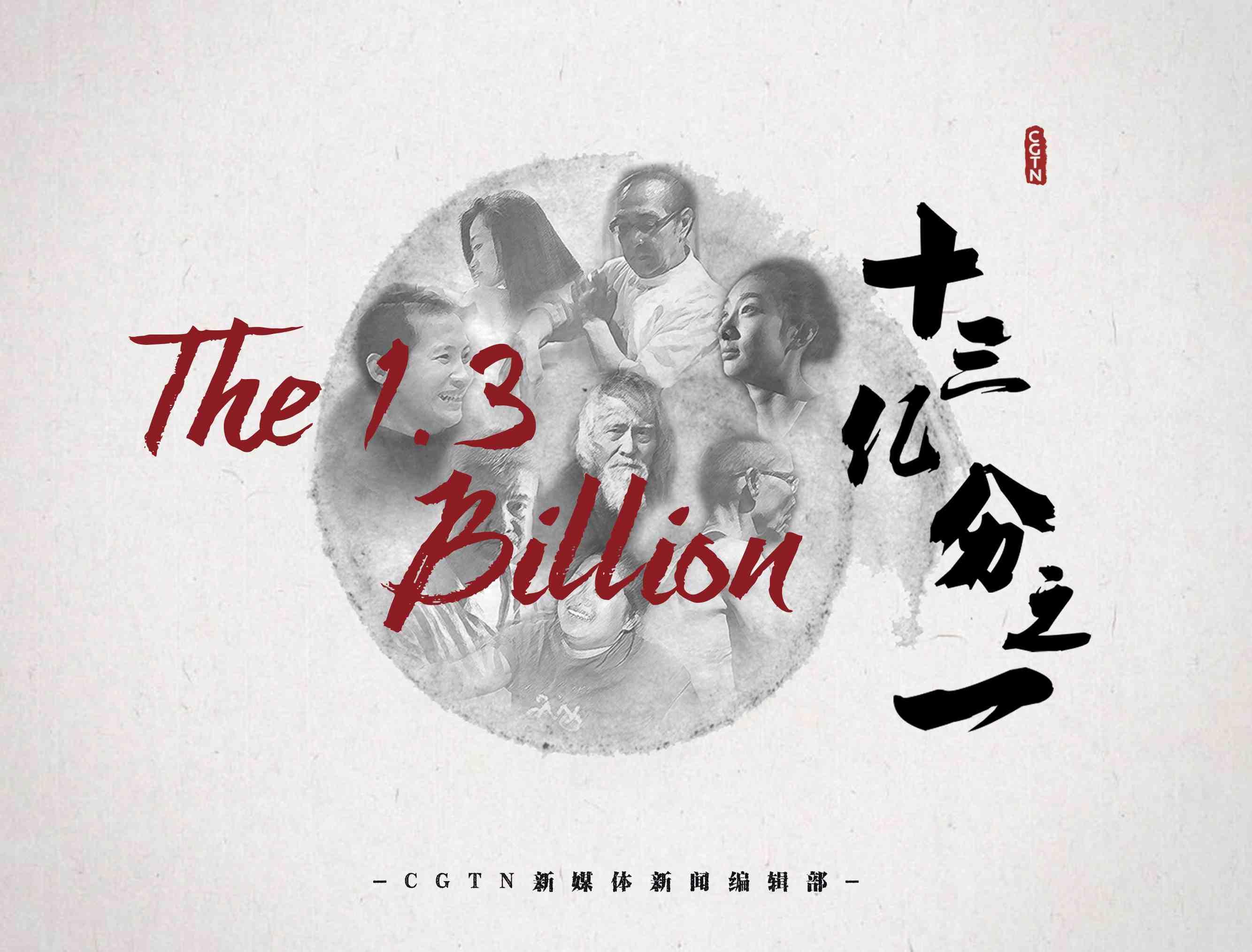
The story is one in The 1.3 Billion series exploring the diverse lives that make up China.
The story is one in The 1.3 Billion series exploring the diverse lives that make up China.

SITEMAP
Copyright © 2018 CGTN. Beijing ICP prepared NO.16065310-3
Copyright © 2018 CGTN. Beijing ICP prepared NO.16065310-3